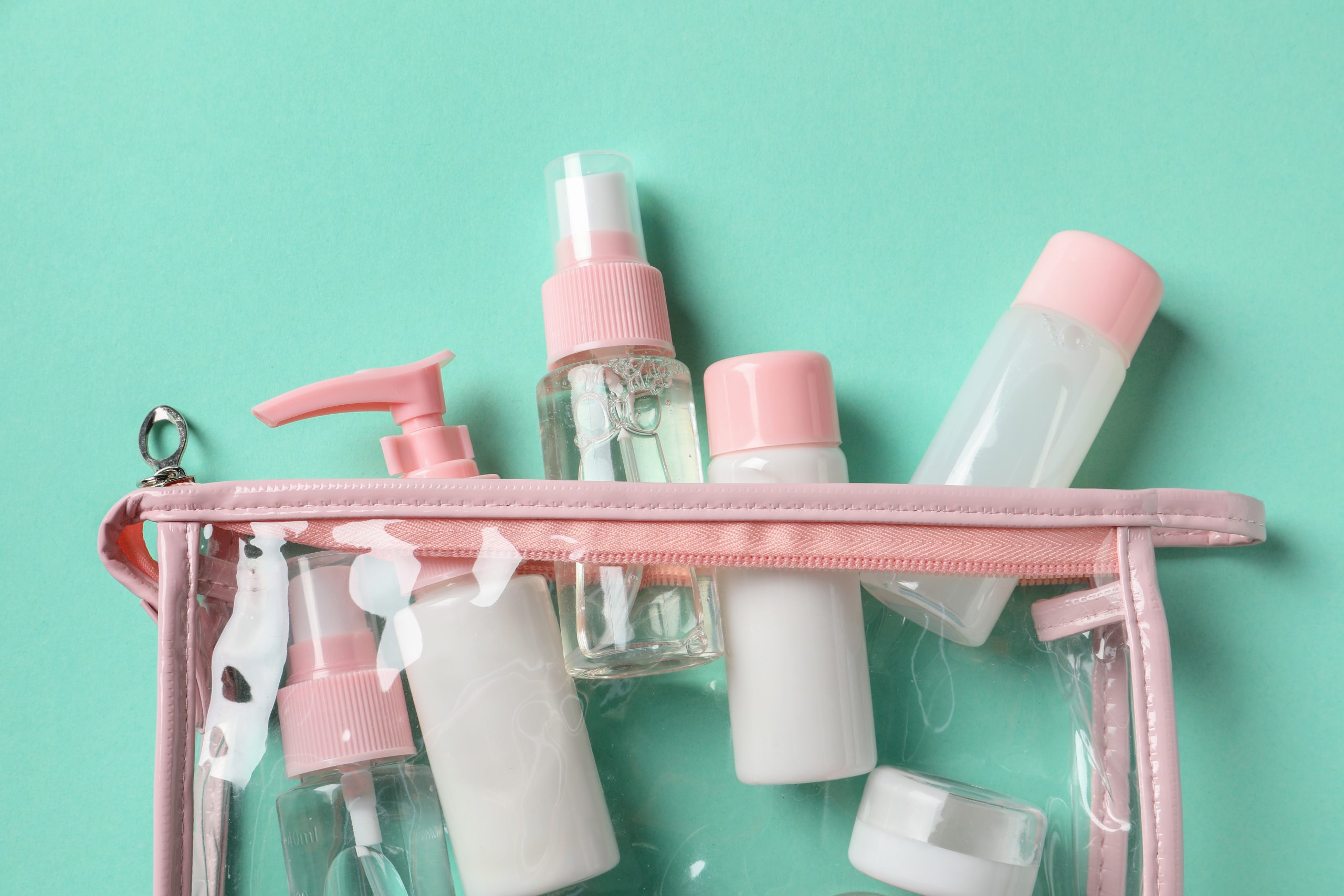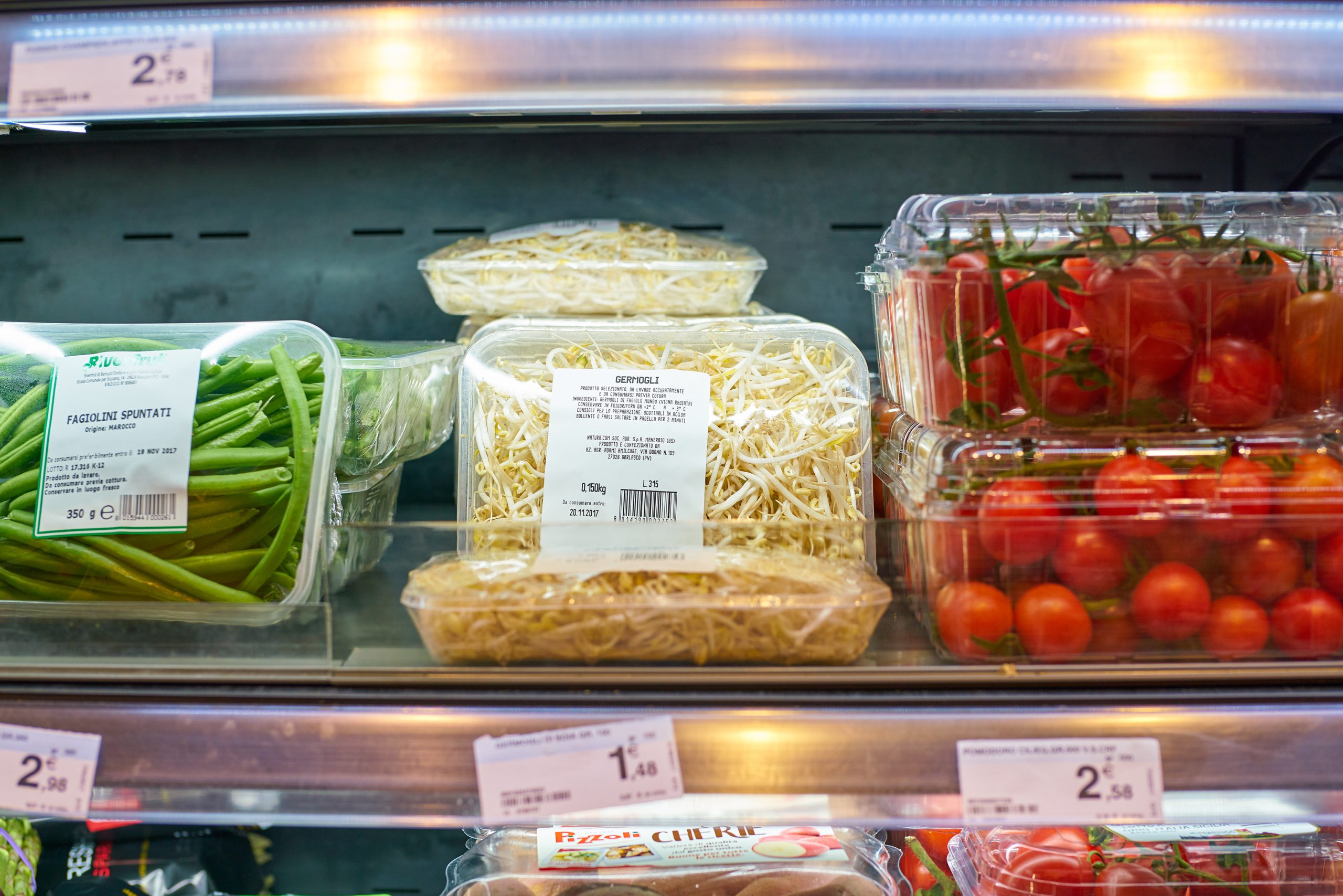Shoppers are trained to think that a smaller package or a lower price tag automatically means a better deal. However, manufacturers and retailers often use deceptive packaging and pricing to trick you into paying more for less. They create “budget” versions of products that look cheaper on the shelf but actually have a much higher cost per ounce or per unit. This strategy preys on shoppers who do not take the time to check the unit price, the only true measure of a product’s value.

1. Travel-Sized Toiletry Items
The aisle with travel-sized deodorants, shampoos, and toothpastes is a classic retail trap. While the price of a single, tiny bottle may only be a couple of dollars, the price per ounce is often three to four times higher than it is for the full-sized version of the same product. You are paying an enormous premium for the convenience of the small package.
2. 100-Calorie Snack Packs
Those pre-portioned, 100-calorie packs of cookies and crackers seem like a great tool for portion control. However, they are a terrible value for your money. You are paying a huge markup for the extra packaging and the convenience of having the portioning done for you. You will always save a significant amount of money by buying the regular-sized box and portioning the snacks out yourself.
3. Individually Wrapped Cheese Slices
A package of individually wrapped American cheese slices is a staple in many refrigerators. While convenient, you are paying a high price for those little plastic wrappers. You will almost always find that the price per pound for the same cheese sold in a solid block at the deli counter is much lower. You are paying extra for the convenience of the pre-sliced product.
4. Single-Serving Drink Mix Packets
The small boxes of single-serving, “on-the-go” drink mix packets are another item with a hidden high cost. While the box itself is cheap, the price per ounce of the powdered mix is often much higher than it is for the larger, multi-serving canister of the same brand. You are paying for the convenience of the individual packets.
5. Pre-Packaged Produce

A single bell pepper or a cucumber that is wrapped in plastic on a styrofoam tray often looks like a good deal. However, you should always compare its price to the price of the loose, unwrapped produce that is sold by the pound. In most cases, you will find that the price per pound for the loose produce is significantly cheaper than the pre-packaged version.
6. Keurig K-Cups and Other Coffee Pods
Single-serving coffee pods are the definition of a high unit cost. While a box of K-Cups may seem reasonably priced, the actual price you are paying per ounce of coffee is astronomical. It is many times higher than the price of buying a bag of ground coffee from the same brand. You are paying a massive premium for the convenience of the pod system.
The Deception of the Small Package
A low sticker price does not always equal a good value. Manufacturers know that shoppers will often grab the item with the lowest upfront cost without doing the math on the unit price. This allows them to make a huge profit on these smaller, seemingly cheaper packages. To be a truly smart shopper, you must train yourself to ignore the big price on the front and to always check the small unit price on the shelf tag.
Have you ever been surprised by the high unit price of a small item? What is the worst value you have ever seen in a grocery store? Let us know!
What to Read Next
8 Times the Sale Price Was More Expensive Than the Regular Tag
10 Expensive Groceries That Have Cheaper Equivalents in the International Aisle
The Hidden Truth About Cheap Food at Dollar Stores
Are “Family-Sized” Packs Really Cheaper Per Ounce?
8 Products with “New Formula” That Are Actually Cheaper Blends
The post 6 Items That Look Cheaper But Cost More Per Ounce in 2025 appeared first on Grocery Coupon Guide.







